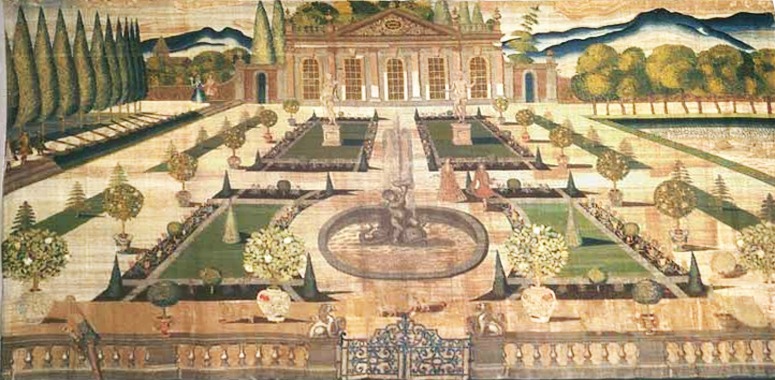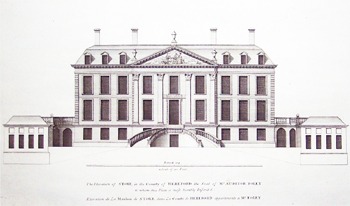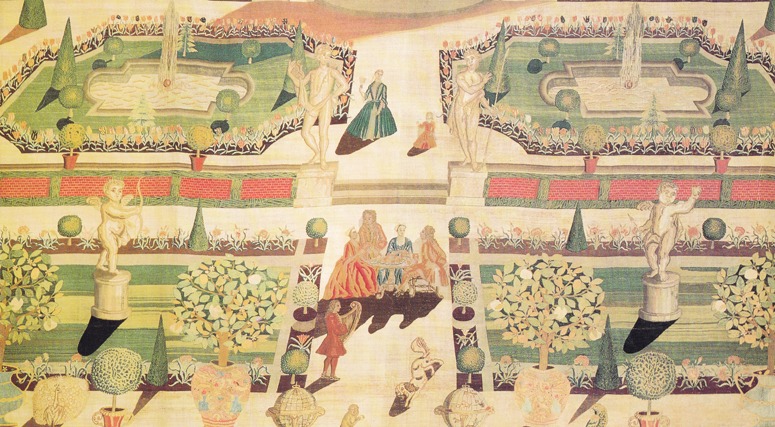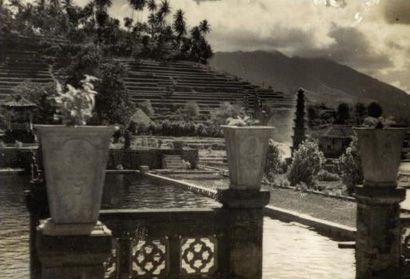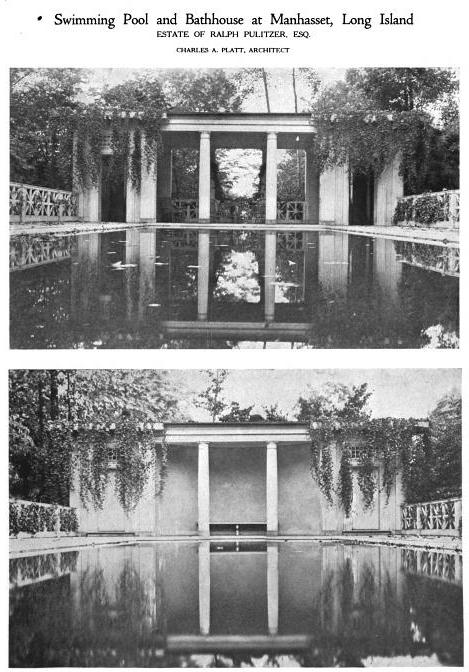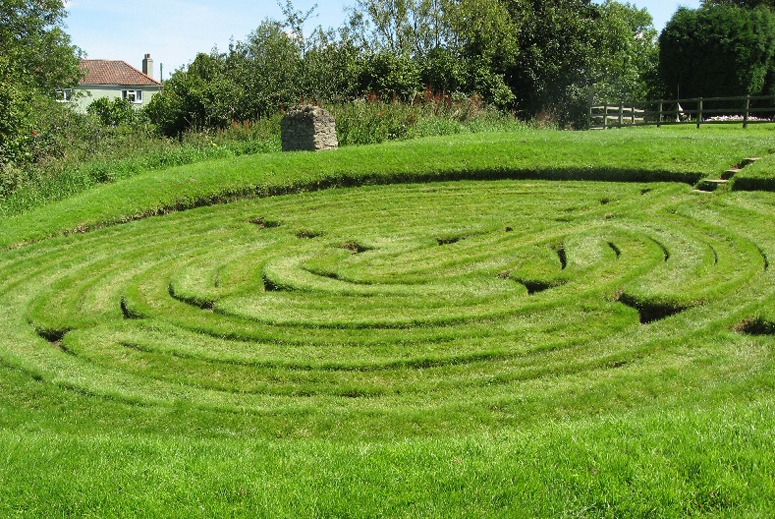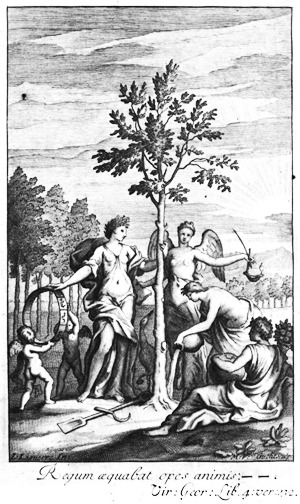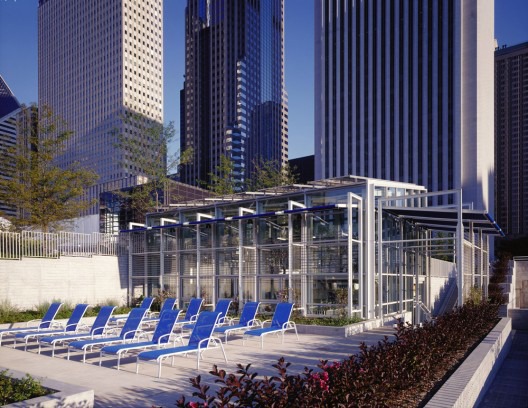This tapestry (dated 1710-20) was rescued from a fire at Stoke Edith Park in 1927 (see aerial photo of Stoke Edith today). It shows a garden which may have belonged to Stoke Edith House and which may have been designed by George London. It is the principal section of a compartment garden, designed for walking and for displaying the owners valuable statues and valuable flowers. The planted ribbons (plate-bandes) and the nature of their planting are clearly shown, as are the citrus fruits in tubs, placed outside for the summer to scent the air and provide fresh fruits which were otherwise unobtainable. The building at the far end of the parterre is an orangery.The design style is that of the Late Renaissance.
The use and the layout remind one of the squares of eighteenth century London and Paris (eg the Place des Vosges) – which were, in effect communal parterres. I see the urban examples as landscape urbanism in the sense of city plans inspired by garden and landscape plans.
When the Stoke Edith parterre was made the surrounding settlements (eg Hereford) were, presumably, densely packed and grubby almost-medieval towns. Their ‘shared space’ would have been roads for riding: unpaved and strewn with animal dung. For fine ladies in fine clothes they were not suitable places to take the air – so they needed gardens with gravel walks, statues and flowers to admire. The social use of the garden space is evident.
A Stoke Edith gate lodge (built in 1792) survives on a bend in the road between Ledbury and Hereford.
Images courtesy Wikipedia. See photograph of Stoke Edith garden and parterre before 1927

